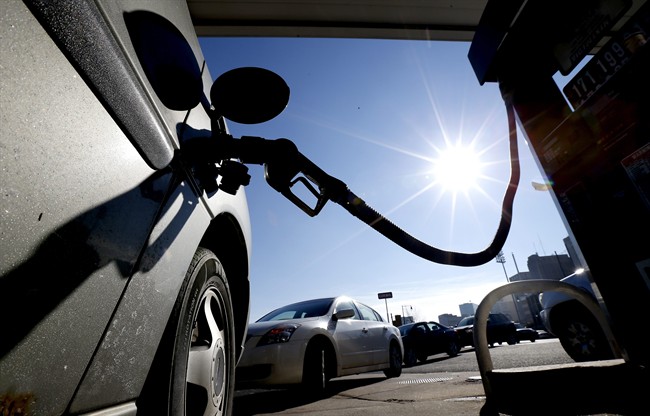The impact of sharply lower oil prices is being felt around the globe. Oil-dependent countries are trying to mend busted budgets. Oil companies are cutting production and workers. While consumers in some countries enjoy lower gas prices, elsewhere consumers are paying higher food prices due to declines in the local currency.

Some facts and figures to explain the regional impact:
U.S.
— The government estimates U.S. production will fall to an average 8.7 million barrels a day this year from 9.4 million in 2015.
— Oil-dependent states are hit hard. North Dakota faces a $1 billion budget shortfall. Alaska’s gap is an estimated $3.5 billion.
— Gasoline is expected to average just $2.03 a gallon this year, down from $2.43, according to the Energy Department.
CANADA
— At least 40,000 direct and 100,000 indirect oil jobs have been lost, according to a conservative estimate by the Canadian Association of Petroleum Producers.
— Canada’s new Liberal government has promised a stimulus package and is likely to run a larger deficit than the $10 billion previously announced.
SAUDI ARABIA
— Saudi Arabia hiked the price of higher-octane gasoline to 0.9 riyals (24 cents) from 0.6 riyals (16 cents). According to IEA, the new price is still one-sixth of the comparable price for the UK, one-quarter that of China or one-half of Iran.
— One oil analyst estimated that an initial public offering of 20 per cent of Saudi Aramco would fetch $200 billion. Exxon’s total market cap is $309 billion.
IRAQ
— Production grew by 650,000 barrels a day in 2015, second largest growth behind the U.S., according to the International Energy Agency.
— Oil revenues make up nearly 95 per cent of Iraq’s budget. It’s looking at a deficit of over 24 trillion dinars (about $20.5 billion) for 2016.
IRAN
— In 2011, prior to U.S. sanctions, Iran’s crude oil exports were 2.6 million barrels a day. Exports dropped to 1.4 million barrels a day in 2014.
— The volume of daily trading on the Tehran Stock Exchange has increased from $40 million to $133 million since the lifting of most Western sanctions.
EUROPE/RUSSIA
— European oil demand rose to an average 14.4 million barrels a day in 2015, up from 14.1 million barrels a day in 2014, according to the IEA. Demand is forecast to be flat this year.
— The International Monetary Fund forecast in November that the Russian economy would shrink by 0.6 per cent in 2016. Since then, oil has dropped almost another 40 per cent.
ASIA
— Oil production in China was forecast to fall 0.7 per cent this year, even before the latest price declines. Older Chinese wells require up to $40 to produce one barrel. The lower the prices, the faster producers will close them down.
— India’s costs for imported crude have dropped by more than two-thirds since early 2014. The IEA expects demand in India to rise 5.7 per cent this year to 4.2 million barrels a day.
AFRICA
— In Nigeria, the naira currency has crashed from around 160 to the dollar a year ago to 300 to the dollar.
— In Angola, the staple crop, millet, cost more than 250 kwanzas ($1.60) per kilogram (2.2 pounds) in late January, compared to a price of 100 kwanzas (65c) a month earlier, reported Jornal de Angola.
LATIN AMERICA
— In Brazil, the state-owned oil company has trimmed its spending forecast by 25 per cent for the 2015-2019 period.
— The International Monetary Fund predicts that inflation in Venezuela will surpass 700 per cent in 2016



Comments